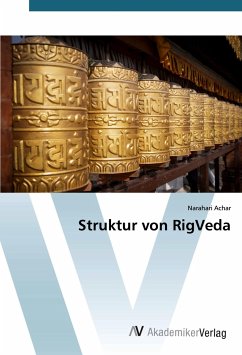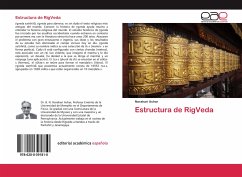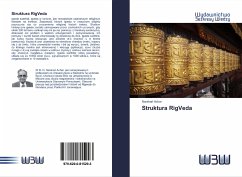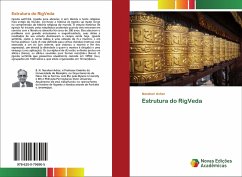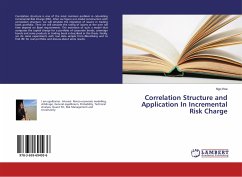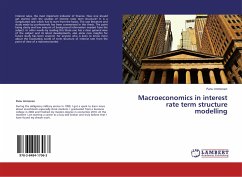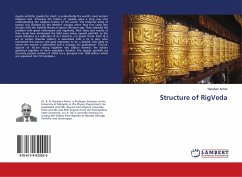
Structure of RigVeda
Versandkostenfrei!
Versandfertig in 6-10 Tagen
24,99 €
inkl. MwSt.

PAYBACK Punkte
12 °P sammeln!
rgveda sa hita, rgveda for short, is undoubtedly the world's most ancient religious text. Knowing the history of rgveda goes a long way into understanding the religious history of the world. The historical study of rgveda was initiated by the Western scholars when they first came into contact with the Sanskrit literature about 200 years ago. They attacked the problem with great enthusiasm and ingenuity, their ideas and results of their study have dominated the field even today. rgveda sa hita, as the name indicates is a collection of rk-s (mantra- s in poetic form). Each rk is set to certain c...
rgveda sa hita, rgveda for short, is undoubtedly the world's most ancient religious text. Knowing the history of rgveda goes a long way into understanding the religious history of the world. The historical study of rgveda was initiated by the Western scholars when they first came into contact with the Sanskrit literature about 200 years ago. They attacked the problem with great enthusiasm and ingenuity, their ideas and results of their study have dominated the field even today. rgveda sa hita, as the name indicates is a collection of rk-s (mantra- s in poetic form). Each rk is set to certain chandas (meter), is associated with a rsi (a seer, who envisioned the mantra and gave expression to it), a devata, (the deity to whom the mantra is addressed) and a viniyoga (an application). The rca-s(plural of rk) are strung together into sukta-s (hymns), the sukta-s gathered together to form mandala-s (books). The rgveda sa hita we corrently possess consists of 10552 rca-s, grouped into 1028 sukta-s which are organized into 10 mandala-s.



